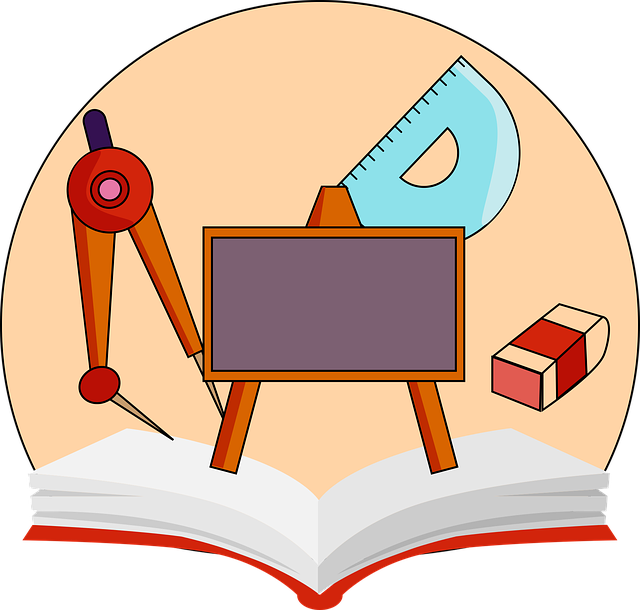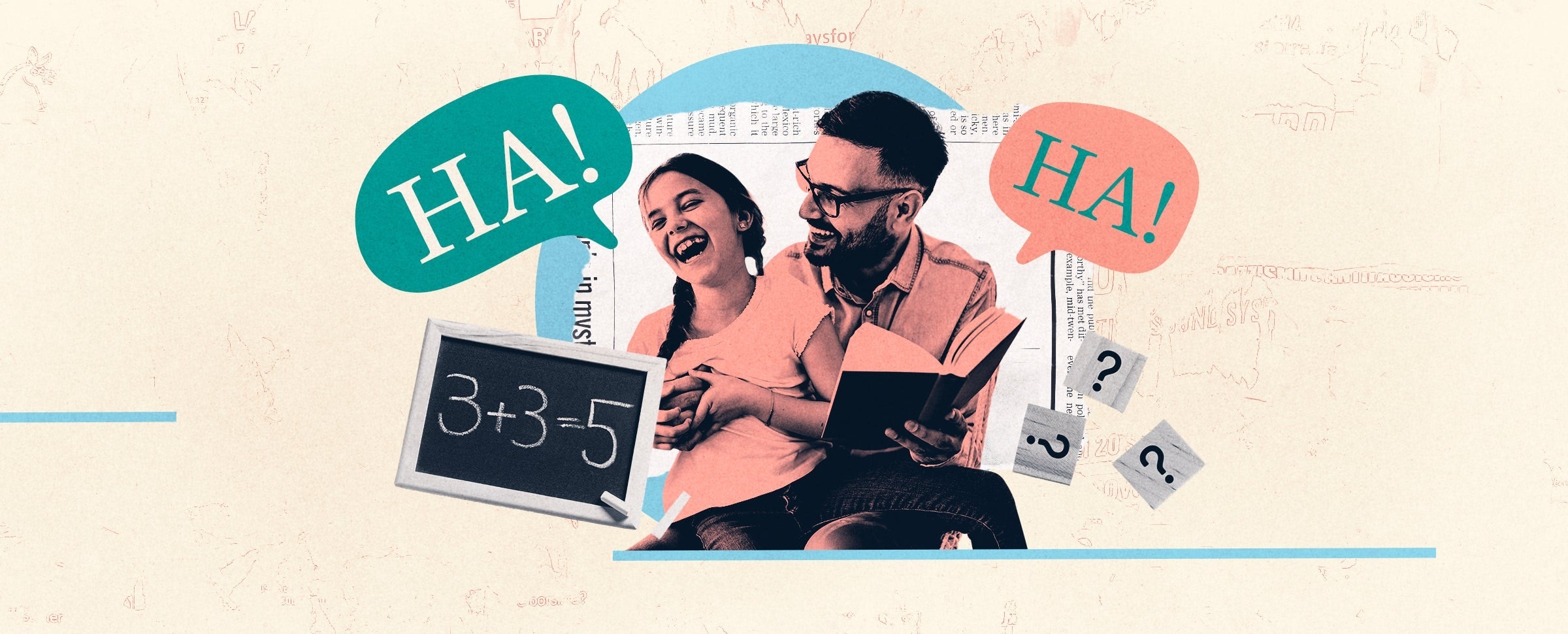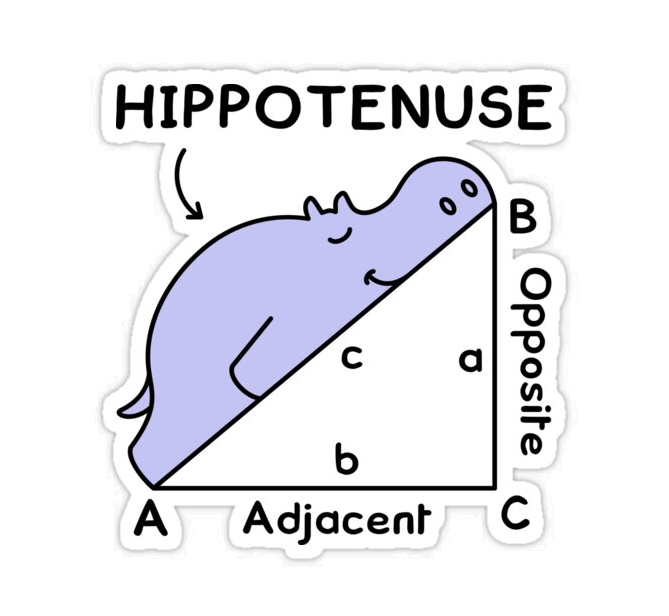As a geometry teacher, I understand that the classroom environment can significantly influence students’ learning experiences. One often overlooked aspect is the floor space. In this article, we’ll explore various decorations and designs geometry teachers commonly use to make their classrooms more engaging and visually stimulating.
Why Floor Decorations Matter in Geometry Classrooms
The floor in a classroom is more than just a walking path; it’s a vital space that can become a part of the learning process. Engaging floor decorations can:
- Enhance visual learning.
- Encourage exploration and interaction.
- Support the understanding of geometric concepts.
- Create a welcoming atmosphere.
Types of Floor Decorations for Geometry Classrooms
There are several ways geometry teachers can decorate classroom floors. Here are some popular and effective options:
1. Geometric Tiles
Using patterned geometric tiles can instantly elevate the aesthetic of any classroom. These tiles can be used to create visually appealing areas or even lead pathways to different sections of the room.
2. Area Rugs with Geometry Themes
Area rugs featuring geometric designs, shapes, or maps can add comfort while serving as a central visual feature. They can also define learning zones within the classroom.

3. Floor Stickers
Removable floor stickers can illustrate various geometric principles. For instance, they could depict different shapes, angles, or even coordinate grids for hands-on learning activities.
4. Chalkboard Paint on the Floor
Applying chalkboard paint can transform a section of the floor into a writable surface, allowing students to solve problems or sketch diagrams directly on the floor.

Implementing Floor Decorations: Practical Tips
Now that we’ve looked at some ideas for floor decorations, let’s delve into some practical tips to implement them effectively in your geometry classroom.
Choosing the Right Materials
When selecting materials for floor decorations, consider the following factors:
- Durability: Choose materials that can withstand heavy foot traffic.
- Maintenance: Opt for easy-to-clean options to maintain a tidy environment.
- Safety: Ensure that decorations do not create tripping hazards.

Incorporating Student Input
Involving students in the decoration process can foster a sense of ownership in the classroom. You might encourage them to design their own geometry-themed stickers or rugs.
Creating Interactive Learning Zones
Define interactive zones in your classroom with floor decorations. For example, a “problem-solving corner” can feature a rug with shapes students can physically interact with while working on geometric problems.

Comparison Table: Popular Floor Decoration Options
| Decoration Type | Durability | Maintenance | Visual Appeal | Cost |
|---|---|---|---|---|
| Geometric Tiles | High | Low | High | Medium |
| Area Rugs | Medium | Medium | High | Medium to High |
| Floor Stickers | Low | High | Medium | Low |
| Chalkboard Paint | Medium | Medium | High | Low |
Pros and Cons of Different Floor Decorations

Geometric Tiles
Pros:
- Highly durable and long-lasting.
- Easy to clean and maintain.
- Offers a professional and aesthetically pleasing look.
Cons:
- Initial installation can be costly.
- Requires a professional installation for the best finish.
Area Rugs
Pros:
- Adds warmth and comfort to the space.
- Variety of designs and colors available.
Cons:
- Can be difficult to clean if stained.
- May slide easily on smooth floors unless secured.

Floor Stickers
Pros:
- Inexpensive and easy to apply.
- Custom designs can be created.
Cons:
- Not very durable; can peel or fade.
- Can create a cluttered look if overused.
Chalkboard Paint
Pros:
- Offers high interactivity for students.
- Inexpensive way to create a fun learning area.
Cons:
- Can get dirty and requires frequent maintenance.
- May not provide the professional appearance some teachers want.

Personal Experience: My Journey with Classroom Floor Decorations
As a geometry teacher, I have experimented with various decorations over the years. My favorite has been the use of chalkboard paint. It transformed a dull corner of my classroom into a vibrant problem-solving hub. Students loved being able to write and draw their ideas directly on the floor. However, I quickly learned the importance of maintenance, as the chalk dust would occasionally create a mess!
Frequently Asked Questions (FAQs)
What are some budget-friendly floor decoration options for geometry classrooms?
Budget-friendly options include floor stickers, DIY chalkboard paint, and area rugs from discount stores. These options can add charm without breaking the bank.
How can I ensure my floor decorations are safe for students?
Ensure that all decorations are secured and that there are no sharp edges. Avoid high-pile rugs that may cause tripping hazards, and choose non-slip materials whenever possible.
Are there specific themes that work well for geometry classrooms?
Yes! Themes like “Geometric Shapes” or “Math in Nature” can inspire decorations that enhance the learning environment and connect students to real-world applications of geometry.
In Conclusion: Elevating the Learning Space
Decorating the floors in a geometry classroom can transform the learning experience for students. By thoughtfully considering the materials, designs, and interactive elements, you can create a dynamic and inviting environment that fosters creativity and engagement. Remember, the goal is to make learning enjoyable, and a well-decorated floor can contribute significantly to that objective!